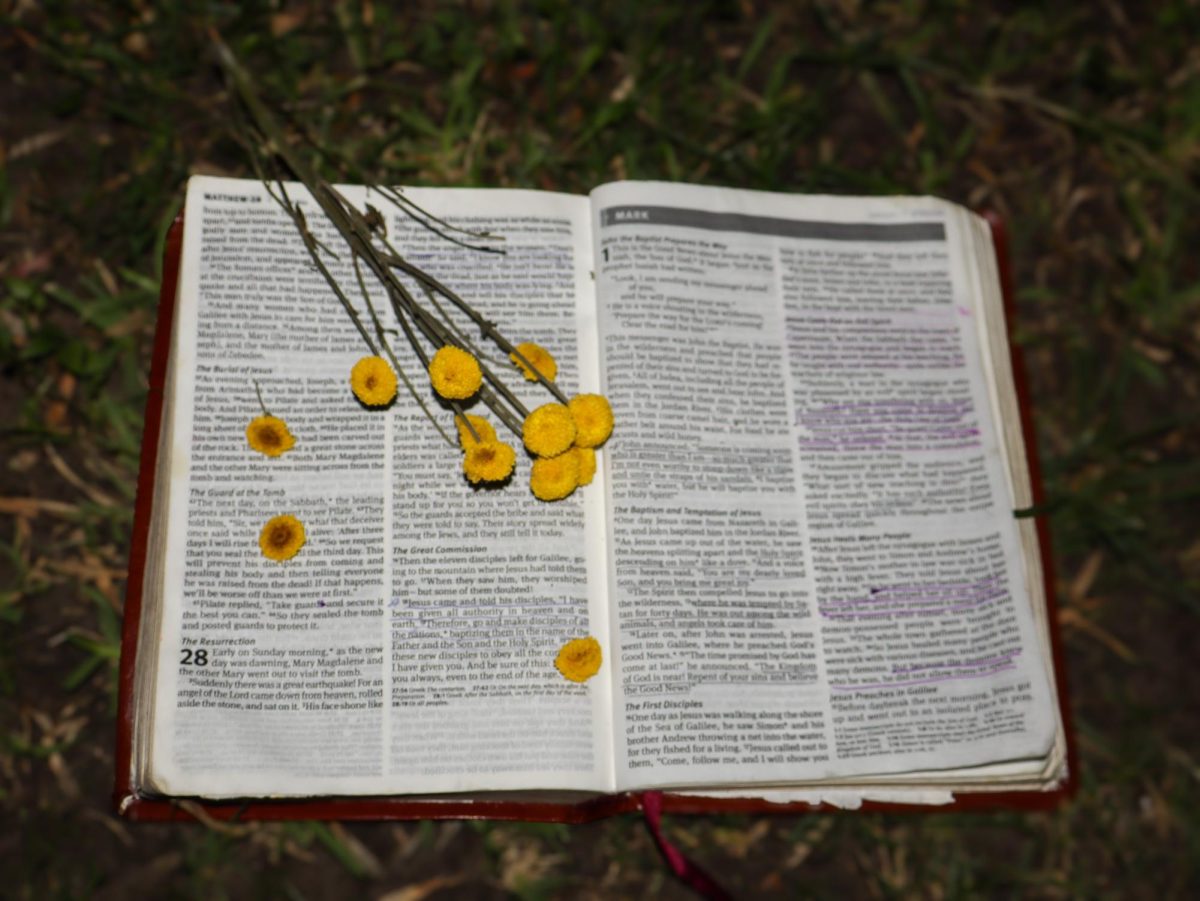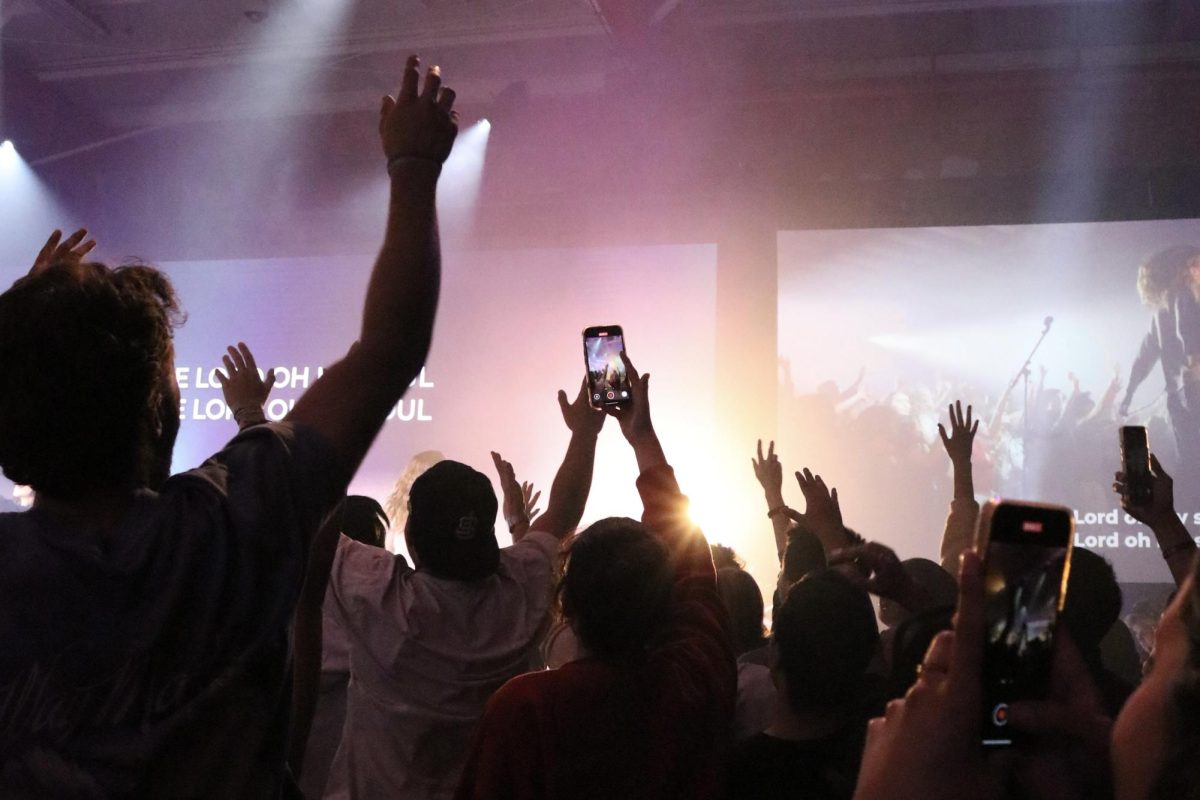Last year a student was asked by Biola to remove posters of a graphic nature, and the university’s response to that request caused quite a maelstrom. The ensuing discussions centered on when a student’s expression of conviction — even when the methods of that expression are visually disturbing — is appropriate.
EXPRESSING CONVICTIONS IN FAIRNESS
In these intervening months, the leadership of Student Development has been pondering the question of how students should express their convictions in a way that is open and fair. The tension is often between showing the horrors of injustice against exposing graphic images to unsuspecting passers-by.
As I have said before, even in this column, I realize images have the power to change hearts and minds. This was true for exposing the Holocaust as well as mobilizing support for malnourished children, among many other examples through modern history. Just last September on the front page of the New York Times were photos of dead children — even an infant — who were victims of the Syrian chemical attacks. Those images were startling and helped me grasp even more emotionally the horrors of that civil war.
If we are a university that cares deeply about being a redemptive voice in a broken world, sometimes it takes startling images to understand the horrors of sin. What, then, should be the response of a robustly Christian university to displaying graphic images? I ask this question thinking of many examples: starving children, videos of domestic abuse, torture victims, aborted fetuses, child pornography, children being molested, victims of sex-trafficking, war crimes, etc.
GUIDELINES FOR GRAPHIC IMAGES
I made a commitment in my Chimes column last September that by the end of the fall 2013 semester we would have a policy on the ethical and compassionate use of graphic images in places trafficked by students. Our new policy lays out guidelines for graphic images, such as those portraying victims of injustice, to be displayed on Sutherland Way, between the small fountain and the Bell Tower.
This policy has been written recognizing the need to prepare students on our campus to view provocative and potentially disturbing images, such as those depicting victims of injustice. At Biola, we encourage you as our students to follow Christ wholeheartedly, to speak up boldly for those who cannot speak for themselves, and to speak the truth with grace. We will not silence students who believe God is leading them to speak up for victims of injustice. We are committed to finding ways and appointing times and public places on campus where information, including depictions of victims of injustice, can be disseminated.
We also respect the rights of those who do not wish to view such materials, given the powerful emotions these images may evoke, and we will ensure that clear warning signs are posted concerning public displays that may be disturbing.
The updated university policy on public displays can be found at: http://studentlife.biola.edu/handbook/policies-procedure/displays/







